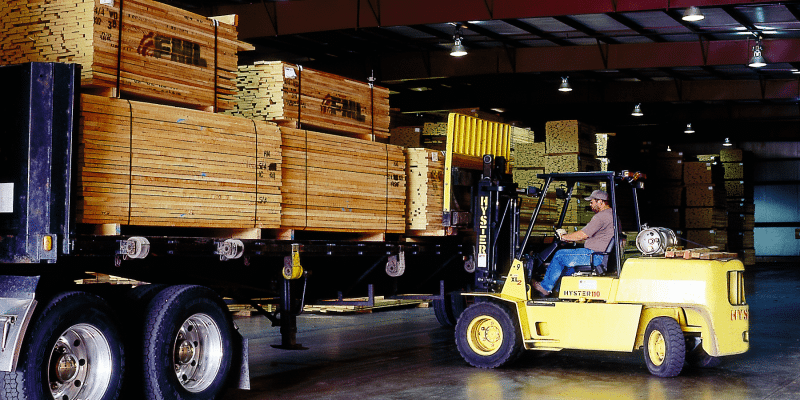When I lecture about Quartersawn American hardwoods I get to tell the wonderful story about sustainable forest management at the same time. Before I can make the case for Quartersawn hardwood as the most durable and beautiful form of hardwoods it is important that I talk about the carbon footprint of bringing that hardwood to market.
As a tree grows it absorbs carbon as part of photosynthesis. As the tree reaches its peak of maturity the amount of carbon it will absorb in its lifetime diminishes. In successful management of the resource, those mature trees are harvested, opening the canopy so that light will get to the forest floor and new trees will take their place and begin anew the carbon absorption process. As that harvested tree is rendered into boards, kiln dried and eventually made into flooring, millwork, cabinetry and furniture, the absorbed carbon is captured forever (unless the manufactured piece burns).
In general terms, when balanced against the carbon costs of harvest, sawmilling, drying and even transportation around the globe, American hardwoods arrive at their destination as a carbon negative product. This means that even when all of the production carbon costs are applied, the lumber still has plenty of stored carbon in it. One could argue that when someone imports quartersawn hardwoods from Indiana into Singapore for a project, they are actually importing carbon credits.
I am often asked around the world about the carbon costs of transportation. I explain that there are economies of scale at work when 11,000 board feet of quartersawn White Oak is put in a container in Indiana, loaded on a train with hundreds of other containers and ultimately put on a ship with thousands of other containers. The carbon cost of transportation per container is drastically reduced in this case. That same amount of White Oak put on the road on a tractor-trailer represents an enormous comparative carbon footprint.
For more detail on this topic, I highly recommend that you visit the website for the American Hardwood Export Council (AHEC) and read all about their exhaustive, detailed, peer reviewed LCA (Life Cycle Assessment). That web address is www.americanhardwood.org . This site also offers a wealth of information about American hardwoods species and case studies of application.
Carbon sequestration is just one of the many facets of the positive role that hardwoods play in green design.

